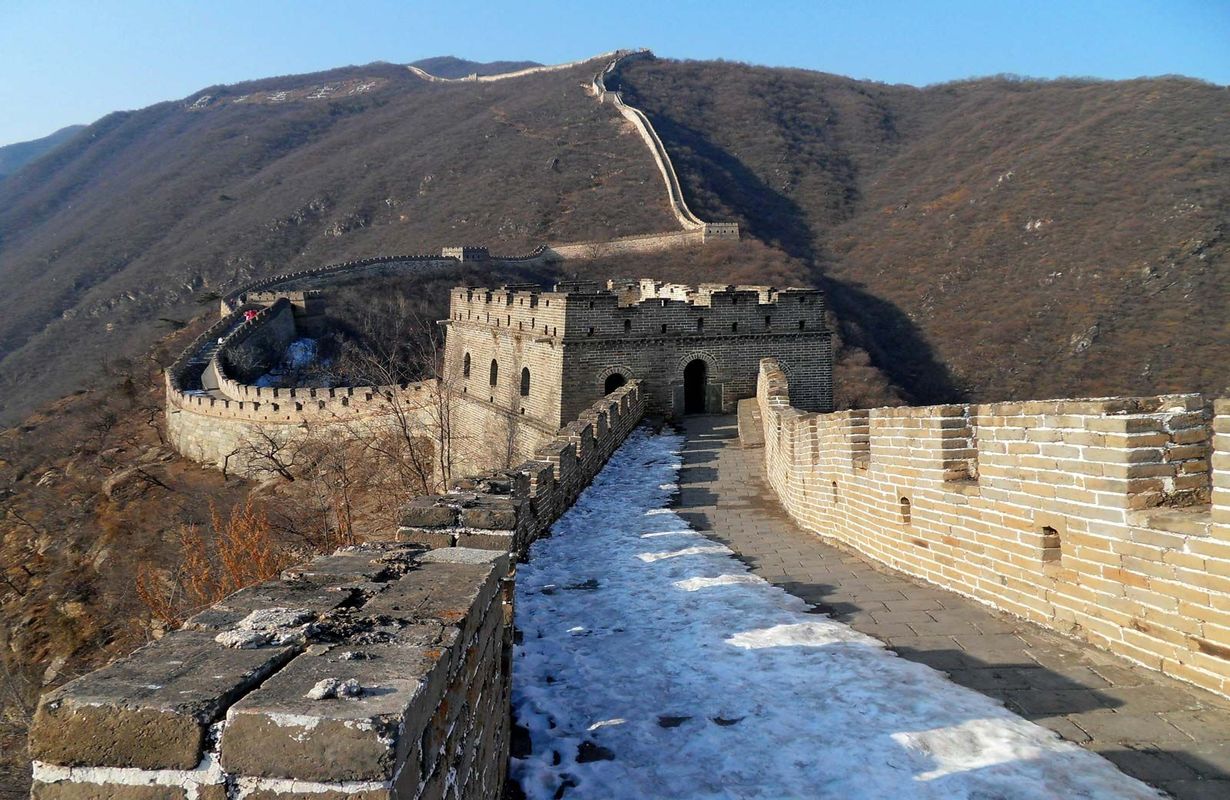
Did you know the Great Wall of China stretches over 13,000 miles? This ancient marvel isn't just a wall; it's a testament to human ingenuity and perseverance. Built over several dynasties, the Great Wall served as a formidable barrier against invasions. Constructed primarily during the Ming Dynasty, it required the labor of millions, including soldiers, peasants, and prisoners. The wall isn't a single continuous structure but a series of walls and fortifications. Materials like stone, brick, tamped earth, and wood were used depending on the region. Some sections are now crumbling, while others have been restored for tourism. The Great Wall is visible from space, a claim often debated but still fascinating. Whether you're a history buff or just curious, these 26 facts will give you a deeper appreciation for this iconic structure.
The Origins of the Great Wall
The Great Wall of China is one of the most iconic structures in human history. Its construction spans centuries and involves numerous dynasties. Here are some fascinating facts about its origins.
- The Great Wall's construction began in the 7th century BC during the Warring States period.
- Initially, the wall was built using compacted earth and wood.
- The first emperor of China, Qin Shi Huang, connected various walls to form a unified defense system around 221 BC.
- The primary purpose was to protect against invasions from northern tribes like the Mongols and Xiongnu.
- The wall also served as a means of border control, allowing for the imposition of duties on goods transported along the Silk Road.
Construction Techniques and Materials
Building such a massive structure required innovative techniques and a variety of materials. Let's delve into the methods and resources used.
- The wall's construction involved millions of laborers, including soldiers, peasants, and prisoners.
- Stone, brick, tamped earth, wood, and other materials were used depending on the region.
- In mountainous areas, workers used locally sourced stone.
- In the plains, bricks and tamped earth were more common.
- Sticky rice mortar was used during the Ming Dynasty to bind bricks, making the wall incredibly durable.
The Wall's Length and Structure
The Great Wall is not a single continuous wall but a series of walls and fortifications. Its length and structure are awe-inspiring.
- The total length of all sections of the Great Wall is estimated to be around 13,170 miles.
- The wall's height varies, with some sections reaching up to 30 feet tall.
- Watchtowers were built at regular intervals for surveillance and signaling.
- Some sections include fortresses and barracks to house soldiers.
- The wall also features horse tracks and parapets for archers.
Cultural and Historical Significance
Beyond its military function, the Great Wall holds immense cultural and historical significance.
- The wall symbolizes Chinese strength and perseverance.
- It has been a UNESCO World Heritage site since 1987.
- The Great Wall is often considered one of the New Seven Wonders of the World.
- It has inspired countless legends and folklore, including tales of dragons and spirits.
- The wall has been a source of national pride and a symbol of China's historical resilience.
Modern-Day Preservation and Tourism
Today, the Great Wall is a major tourist attraction and a subject of preservation efforts. Here are some facts about its modern-day status.
- Millions of tourists visit the Great Wall each year, especially sections near Beijing like Badaling and Mutianyu.
- Preservation efforts are ongoing to protect the wall from erosion and vandalism.
- Some sections have been restored, while others remain in ruins.
- The wall faces threats from natural erosion, human activity, and climate change.
- Various organizations and the Chinese government are working to maintain and restore the wall for future generations.
Fun Facts and Myths
The Great Wall is surrounded by myths and fun facts that add to its mystique. Let's explore some of these intriguing tidbits.
- Contrary to popular belief, the Great Wall is not visible from space with the naked eye.
The Great Wall's Legacy
The Great Wall of China stands as a testament to human ingenuity and perseverance. Spanning over 13,000 miles, this ancient marvel wasn't just a wall but a complex defense system. Built by millions of laborers, it took centuries to complete, with each dynasty adding its touch. The wall's primary purpose was to protect against invasions, but it also facilitated trade and cultural exchange along the Silk Road.
Today, the Great Wall attracts millions of visitors, symbolizing China's rich history and resilience. Despite natural erosion and human damage, efforts to preserve this iconic structure continue. The Great Wall isn't just a relic of the past; it's a reminder of what humanity can achieve with determination and unity. Whether you're a history buff or just curious, the Great Wall offers endless stories and lessons. So, next time you think of ancient wonders, remember the Great Wall's enduring legacy.
Was this page helpful?
Our commitment to delivering trustworthy and engaging content is at the heart of what we do. Each fact on our site is contributed by real users like you, bringing a wealth of diverse insights and information. To ensure the highest standards of accuracy and reliability, our dedicated editors meticulously review each submission. This process guarantees that the facts we share are not only fascinating but also credible. Trust in our commitment to quality and authenticity as you explore and learn with us.
